Commenting on the Hungarian-French photographer known as Brassai (Gyula Halasz), Henry Miller proclaimed that he was a man “equipped with no ordinary eyes.” According to Miller, Brassai’s “sharpness of vision and depth of insight are revealed in” his “photographic exploration” of Paris’ “people, places and things.”
That’s high praise indeed, but Henry Miller’s assessment of one exceptional photographer’s work serves as more than just the ultimate compliment — it also manages to be a rather profound observation about the importance of vision or “seeing.” A photographer might craft images that get all the technical things right, but how much impact can we expect those photos to have if they fail to convey the photographer’s vision?
How does a photographer develop his or her vision? By learning to see, of course. But…how does one learn to see? We will attempt to answer that question below.
Take Your Time
This is perhaps the most pragmatic piece of advice I could give when dealing with the topic of learning to see. The world around you may be whizzing by, but it is to your advantage to slow down and be in the moment no matter where you are. Really absorb everything in your environment; try to pay attention to things you normally would overlook; examine the details. Don’t be in a rush to capture just any shot — rather, allow scenes to unfold organically. It’s true that there are times when you need to move quickly in order to keep pace with what’s happening around you (street or event photography, for instance) or risk missing shots; but when you practice slowing down, you will find yourself in a “zone” when the situation demands it. It will be as if you’re able to see in slow motion regardless of how fast everything around you is happening.
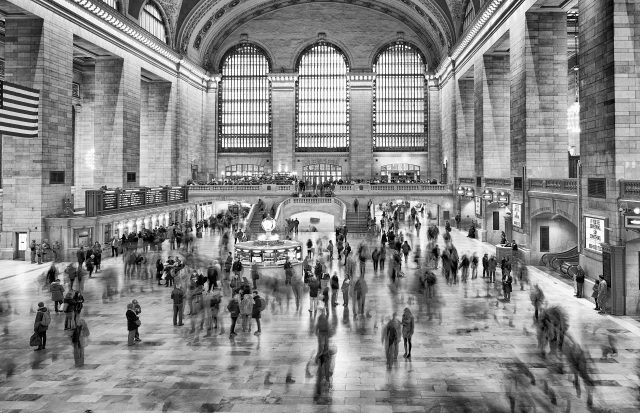
Re-Examine Familiar Subjects/Environments
Some say familiarity breeds contempt, but I’m not so sure this applies to photography. The more familiar you become with a particular subject, the more possible shots you will see in it. Admittedly, it’s easy to take for granted the things, places and people you’re used to seeing all the time, but that’s why it’s so important to look more deeply at them. I can almost guarantee that, upon further review, you will find new levels of intrigue and specialness in subjects you may have previously grown tired of.
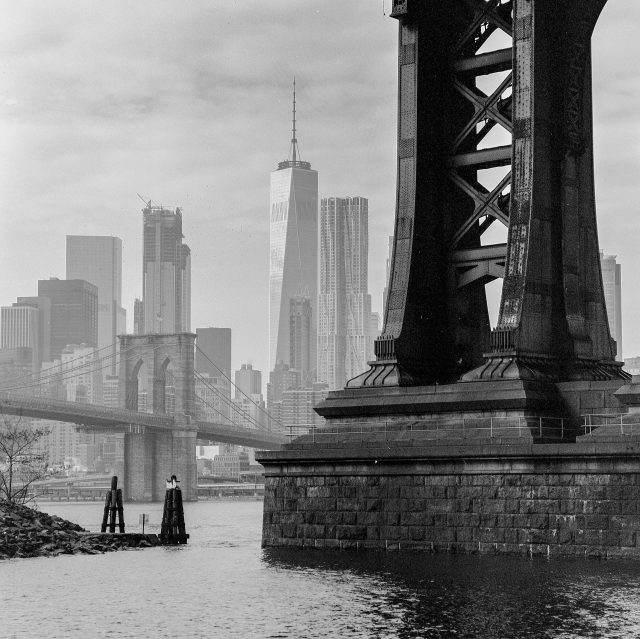
Revisit the Fundamentals
There are numerous ways to tackle this point. Working on your focusing technique or strengthening your understanding of exposure are a couple of good options, as the more efficiently you can manage these skills the more brainpower you can dedicate to seeing. But there is a way to practice a fundamental skill and learn to see at the same time: when you’re out shooting, actively seek out photos that embody specific compositional rules — leading lines, rule of thirds, fill the frame, negative space. How you compose a shot reveals quite a bit about your photographic vision, so never allow composition to be an afterthought.
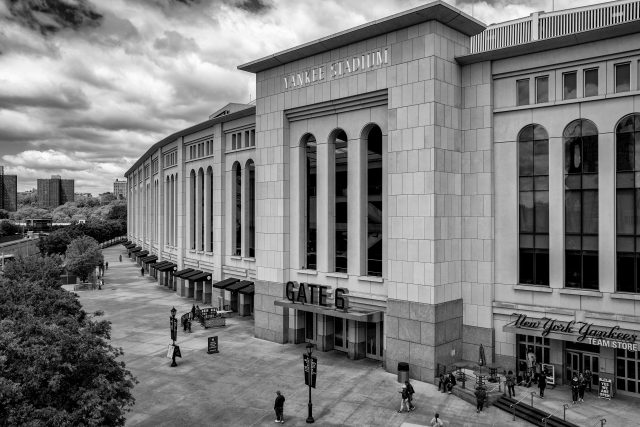
Talk to Yourself
As you move about with your camera in hand, ask yourself what you’re looking for in a shot, what you plan to do with the final image, what response you expect when people see the photo. Then, when you think you might have finally found your shot, ask yourself these questions before tripping the shutter:
- Is my exposure okay?
- Will I have too much/too little depth of field?
- Is the background a distraction?
- Is my focus on point?
- Is the lighting right?
There are plenty of other valuable questions you might ask yourself; the objective is, again, to slow down, take stock of your surroundings and your motives, and sharpen your vision so that your audience is able to see the world through your eyes.
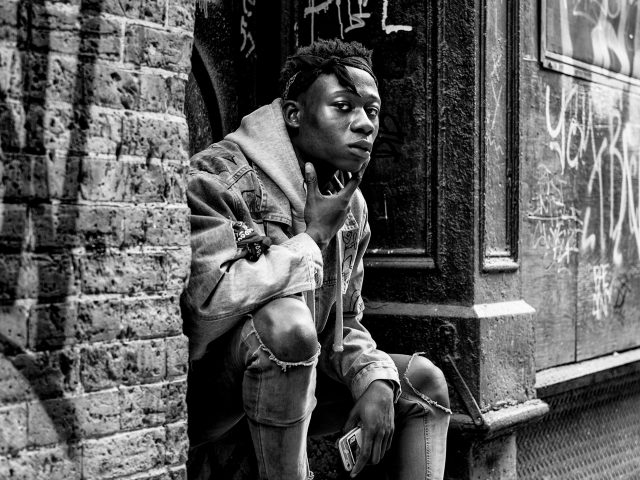
Post-Processing, Your Way
It is absolutely important to get as much as possible right in camera, but the truth is that’s just phase one. What happens when you get your images off the camera? Well, the journey doesn’t end there. The way you process your images is a part of your creative vision, it’s sort of the culmination of all your seeing. Don’t worry about trying to follow trends; sure, it may take some experimentation, but all you need to do is work out an aesthetic that complements your imagery. Like your camera, the photo editing app you use is simply a tool to help you refine and bring your vision to fruition.
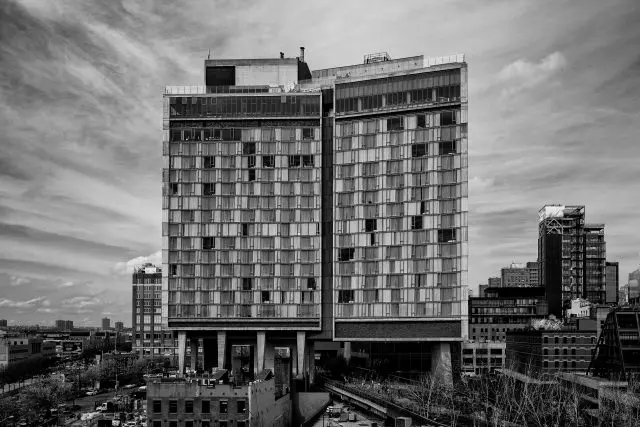
Final Thoughts
I think vision ultimately comes down to awareness — awareness of your own creativity and awareness of the world in which you exercise that creativity. Your goal is to get those two constituent parts are working in harmony. The ideas discussed above should help set on you on the right path.





5 Comments
Great article, thanks, Jason. And I love your photos !!!!
Thanks for taking the time to read and respond, Jean! : )
Yes, great advice all around. Also, those are some really great shots!
I recently started following Ken Rockwell’s F.A.R.T principle, which is all about slowing down and focusing on the feeling you get from a scene before actually pushing the button. I probably three times the number of keepers now as I was did a year ago, while taking far fewer pictures overall (bonus, less crap to sift through at the end of the day). The fact that I’ve picked my 35mm Minolta again after a 10 year hiatus has re-enforced this behavior.
Slow down and look around, seems like such a basic tenant of this art, which sometimes gets lost in the shuffle.
Edit: I just checked out your site, more amazing photographs and see you’re a fan of film too. 🙂
Thanks Jason. I’m all about the “less crap to sift through” thing you mentioned. : )
This is a great article. As a street photographer, I sometimes despair that I live in a comparatively small city. I will reframe it as the ability to get to revisit the familiar! I am coming to a different conclusion in digital photography – more is better. Again, it is probably the genre, but working the scene pays off. I have a better chance to catch a particularly good moment with 20 photos than with five. What I have changed is how I review and even post process. It is much, much faster on my iPad using Snapseed. I still use LR for non-street post processing and for keeping track of photos.